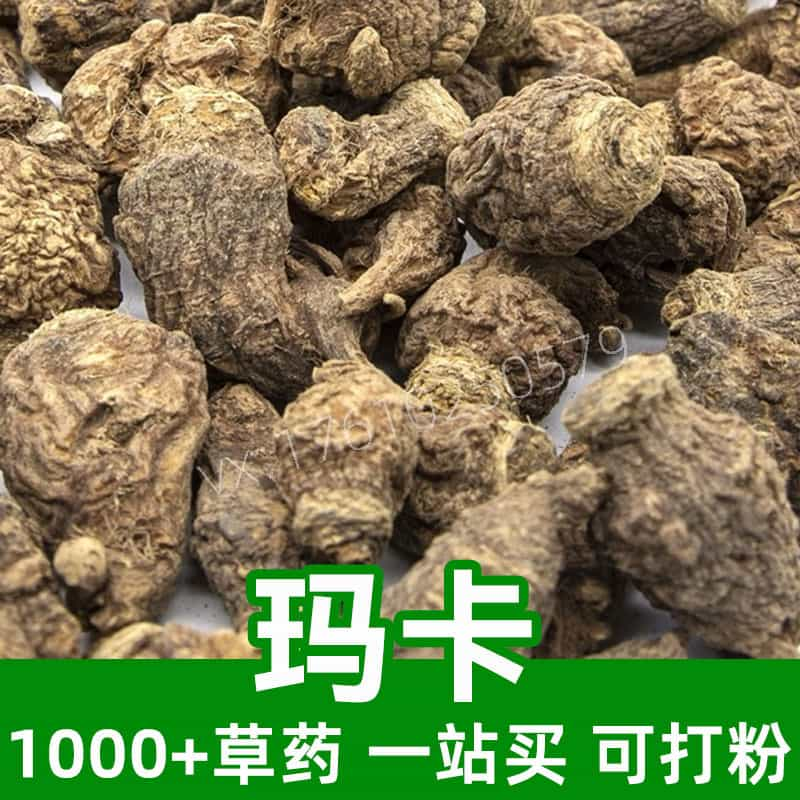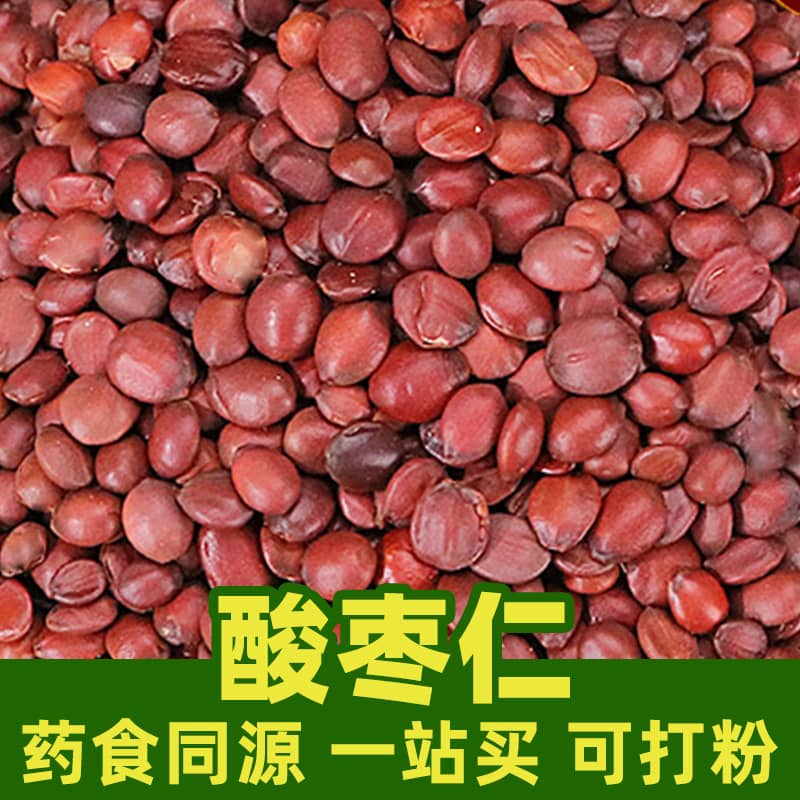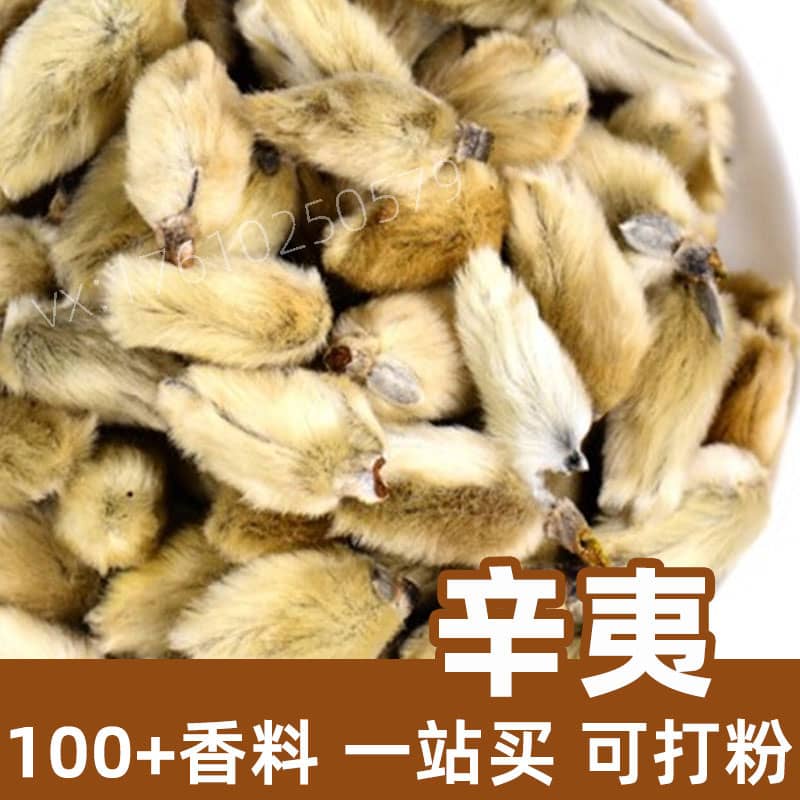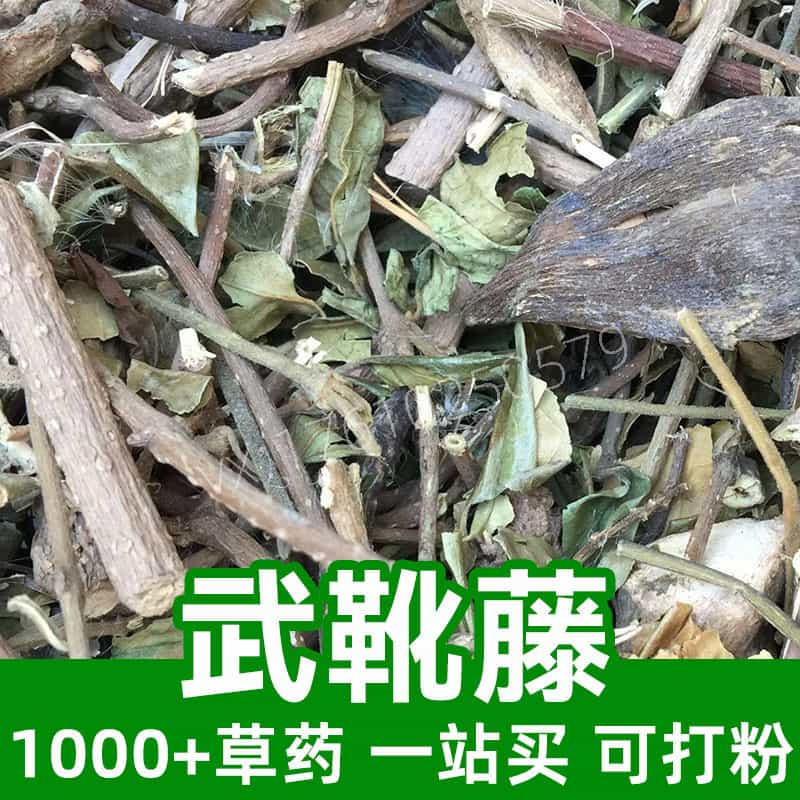Mulberry Product Introduction
Mulberries are the fruits of the mulberry tree, a member of the Moraceae family. They contain abundant vitamins C, K, E, A, as well as various minerals and antioxidants. Mulberries have a sweet and sour taste, are cool in nature, and correspond to the liver, kidney, and spleen meridians.
The mulberry tree is native to Asia and has spread to Europe and North America due to its adaptability. It is commonly grown in gardens, orchards, and fields. When the fruit ripens, it can be consumed directly or used to make a variety of foods.
In both traditional Chinese medicine and food industries, mulberries have extensive uses. In Chinese medicine, they are used to clear heat, detoxify, nourish yin, moisten dryness, generate fluids, quench thirst, and relieve cough. They are often included in herbal formulas and can be processed into medicinal wine or fruit preserves. In food, mulberries can be eaten raw or made into jams, candied fruits, and juices, loved for their fresh and delicious flavor.
Mulberries are not only rich in nutrients but also offer various health benefits, making them a popular choice for everyday diets and wellness.
Main Active Ingredients of Mulberries
Mulberries are a nutrient-dense fruit, and their main active ingredients include vitamins, minerals, and antioxidants. Here is a detailed overview of the key components:
- Vitamin C (Ascorbic acid): Mulberries are rich in Vitamin C, which is a powerful antioxidant. It helps enhance the immune system, promotes iron absorption, and supports skin health.
- Vitamin K: Mulberries are a good source of Vitamin K, which is essential for blood clotting and bone health. Vitamin K also helps maintain the health of blood vessel walls, preventing cardiovascular issues.
- Vitamin E: Containing a sufficient amount of Vitamin E, mulberries offer antioxidant benefits, protecting cells from free radical damage, delaying aging, and supporting skin health.
- Vitamin A: Mulberries contain beta-carotene, the precursor to Vitamin A, which is vital for maintaining vision, skin, and mucous membrane health, and strengthening the immune system.
- Minerals: Mulberries are rich in essential minerals such as potassium, calcium, magnesium, and phosphorus, which help maintain electrolyte balance, bone health, and proper nerve and muscle function.
- Antioxidants: Mulberries contain abundant polyphenols like anthocyanins and flavonoids, which have strong antioxidant properties. These compounds help protect cells from oxidative stress and may prevent chronic diseases.
- Dietary Fiber: Mulberries are high in dietary fiber, which promotes digestive health, prevents constipation, regulates blood sugar and cholesterol levels, and supports intestinal health.
- Amino Acids: Mulberries provide various essential amino acids, important for building proteins and maintaining physiological functions in the body.
In summary, mulberries contain rich nutrients and numerous health benefits, making them a healthy fruit option.
Mulberry Applications and Dosage
Mulberries have wide applications in traditional Chinese medicine and the food industry. Below are the detailed uses and recommended dosages:
- Traditional Chinese Medicine Applications:
- Tonifying and Energizing: Mulberries are used to warm the kidney yang, enhance energy, and nourish the blood. They can help treat conditions such as spleen and stomach weakness and kidney deficiency. Commonly used in formulas like Sang Piao Xiao Tang and Sang Ji Sheng Tang.
- Clearing Heat and Moistening the Lungs: Mulberries help clear heat and moisten the lungs, relieve cough, and eliminate phlegm. They are often paired with ingredients like rock sugar and pears.
- Promoting Urination and Reducing Swelling: Mulberries have diuretic properties, useful for treating conditions like water retention and difficulty urinating. They are often used with herbs like Ze Xie and Yi Yi Ren.
- Food Applications:
- Dried Fruit: Mulberries can be processed into dried fruit, which has a unique flavor and sweet taste. It is often consumed as a snack, providing energy and helping with focus.
- Jam: Mulberries can be made into jam, which pairs well with bread, yogurt, and other foods. It has a sweet and tangy taste and is packed with vitamins and antioxidants.
- Beverages: Mulberries can also be used to make juice or fruit drinks, offering a refreshing taste and a variety of nutrients suitable for all ages.
- Dosage and Usage:
- Soup: Clean the mulberries, add them to a pot with an appropriate amount of water, bring to a boil, and then simmer for 20-30 minutes. You can add rock sugar or honey to taste, and drink as a medicinal soup.
- Processed Products: Mulberries can be used in dried fruits, jams, and other food products. It is best to consume them in moderation, avoiding excessive amounts to prevent digestive discomfort.
- Beverages: Mulberry juice or fruit drinks can be prepared by blending or juicing the berries. Adjust the sweetness and thickness according to personal preference and consume in moderation.
As a common fruit, mulberries are not only nutritious but also have significant medicinal value in both Chinese medicine and the food industry. It is recommended to choose the appropriate usage and dosage based on individual needs and avoid excessive consumption.
Mulberry Source Plant Overview, Distribution, and Growing Conditions
Mulberries come from the mulberry tree, a member of the Moraceae family. Here are detailed facts about the source plant, its distribution, and growing conditions:
- Plant Overview:
- Scientific Name: The scientific name of the mulberry tree is Morus alba L., belonging to the Moraceae family.
- Aliases: The mulberry tree is also known as the white mulberry, black mulberry, and various other local names.
- Physical Characteristics: The mulberry tree is a deciduous tree, generally growing between 3-10 meters tall, with dense foliage and grayish-white bark. The leaves are typically ovate or ovate-lanceolate, with serrated edges and distinct veins, and the color is bright green.
- Flower and Fruit Characteristics: The tree produces small, dense flower clusters. The flowers are tiny and yellow-green, while the fruit is round or oval, turning purple-black when ripe.
- Distribution:
- Growing Regions: Mulberry trees are native to China and are widely distributed in the southern and southwestern regions, including Jiangsu, Zhejiang, Anhui, Jiangxi, Hunan, Hubei, Sichuan, and Yunnan. They are also extensively cultivated in other Asian countries such as Japan, Korea, India, and Vietnam.
- Preferred Environment: Mulberry trees thrive in warm, humid climates. Although they are not very picky about soil types, they prefer loose, well-drained loamy soil. They can grow at altitudes ranging from low to around 2,000 meters.
- Growing Conditions:
- Climate: Mulberry trees are highly adaptable and can tolerate a range of temperatures. They thrive in temperatures between 15-25°C but are sensitive to cold and dry conditions.
- Soil: Mulberry trees prefer loose, fertile, well-drained soil. They are adaptable to varying pH levels, though neutral to slightly alkaline soil is ideal.
- Sunlight: These trees require full sunlight for optimal growth. Insufficient sunlight can negatively affect fruit development and sweetness.
In summary, the mulberry tree is widely distributed in southern and southwestern China and other parts of Asia. It is highly adaptable, preferring warm, humid climates and loose, fertile soil.
Mulberry Harvesting, Processing, and Storage
The harvesting, processing, and storage of mulberries are crucial for maintaining their quality and nutritional value. Here are the detailed guidelines:
- Harvesting Time: Mulberries are typically harvested when the fruit is fully ripe, between July and September. The fruit should be purple-black, soft, and sweet to the taste.
- Harvesting Method: Mulberries are handpicked to avoid damaging the fruit. After harvesting, avoid excessive pressure to prevent bruising and spoilage.
- Processing: After picking, mulberries should be washed and air-dried. The fruit should be spread out in a well-ventilated, cool, shaded area to dry. Once the surface moisture evaporates, further processing can occur.
- Storage: Mulberries should be stored
in a cool, dry place. They can be refrigerated to prevent decay. If stored in airtight containers, dried mulberries can last for several months.
Monica Sun is a seasoned expert in the natural raw materials industry, with over a decade of experience specializing in traditional Chinese medicinal herbs, spices, and fungi. She is skilled in the sourcing, processing, and application of these materials, emphasizing sustainability and innovation. Monica Sun has contributed to the development of high-quality natural raw materials that serve as essential components in functional foods, pharmaceuticals, and cosmetics, delivering tailored solutions to meet diverse market needs.















